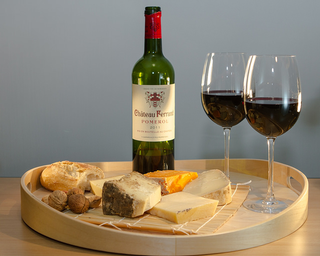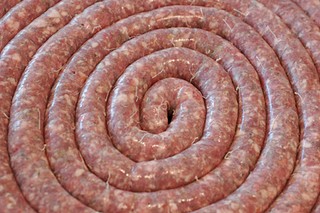7 November 2016
Authentic food news
- Let’s get the shameless self-promotion out of the way first, for a change. Read Tim Hayward’s piece about the seven essential kitchen knives and then, to help you get over the idea that more than one of them is essential, listen to Peter Hertzmann on knives as bling,
- Have you ever wondered about “mouthfeel”? What is it, where did it come from, and how does it differ from texture? Read The mystery of “mouthfeel”, from Language Log, and wonder no more. Or maybe still more.
- Fish farming is fraught with problems, but then, so is hunting for seafood. A Q&A from Foodtank offers some answers and lots more questions.
- “Catfish farms are roughly as sexy as catfish themselves.” For an entirely different perspective on fish farms, turn to Landscape Architecture Magazine and an essay on the catfish ponds of the Mississippi delta.
- I’m shocked, I tell you, Shocked. Not all the produce sold by farmers at farmers markets was produced by the farmer doing the marketing.
- Some people seem to think that a label showing country of origin is a good guarantee of quality — as long as it is their country. A political scientist surveys gastronationalism in Europe.
That last piece credits “The American sociologist, Michaely DeSoucey” with the term gastronationalism. Actually, her name is Michaela DeSoucey. How do I know? She happens to be central to next week’s episode.

 Traditionally, the wine to drink with a bit of cheese was always a red wine. But tastes have changed, and nowadays you can find lots of recommendations for white wines to drink with cheeses. Those recommendations — all of them — are based on personal opinion, what one person likes or finds enjoyable. There’s nothing wrong with that, of course. Most recommendations are just that. But I was somewhat surprised to learn that although there have been lots of studies of how expert tasters describe not oney wine or cheese but just about anything, until now there has been almost no research into how the taste of one thing affects another.
Traditionally, the wine to drink with a bit of cheese was always a red wine. But tastes have changed, and nowadays you can find lots of recommendations for white wines to drink with cheeses. Those recommendations — all of them — are based on personal opinion, what one person likes or finds enjoyable. There’s nothing wrong with that, of course. Most recommendations are just that. But I was somewhat surprised to learn that although there have been lots of studies of how expert tasters describe not oney wine or cheese but just about anything, until now there has been almost no research into how the taste of one thing affects another.

 English sausages have a definite dual personality. One of those is a sumptuous, succulent blend of good meat, a bit of cereal, herbs and spices and maybe even a touch of the vegetable, like leeks. The other is a staple of the poor. Who knows what unspeakable things lurk inside its wrinkled exterior? But if, like me, you thought that the suspect sausage was purely a product of the industrial revolution, prepare for a revelation.
English sausages have a definite dual personality. One of those is a sumptuous, succulent blend of good meat, a bit of cereal, herbs and spices and maybe even a touch of the vegetable, like leeks. The other is a staple of the poor. Who knows what unspeakable things lurk inside its wrinkled exterior? But if, like me, you thought that the suspect sausage was purely a product of the industrial revolution, prepare for a revelation.